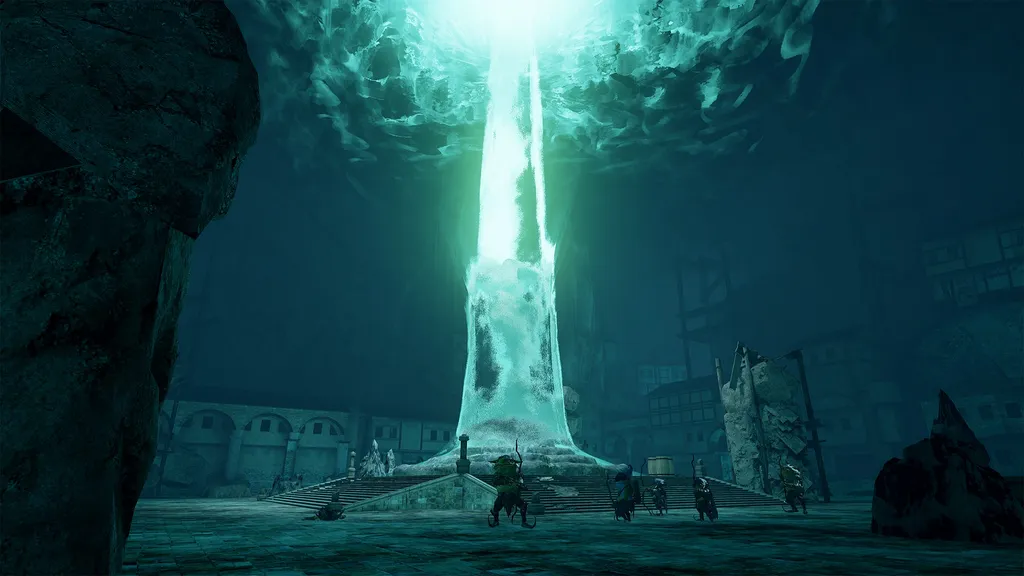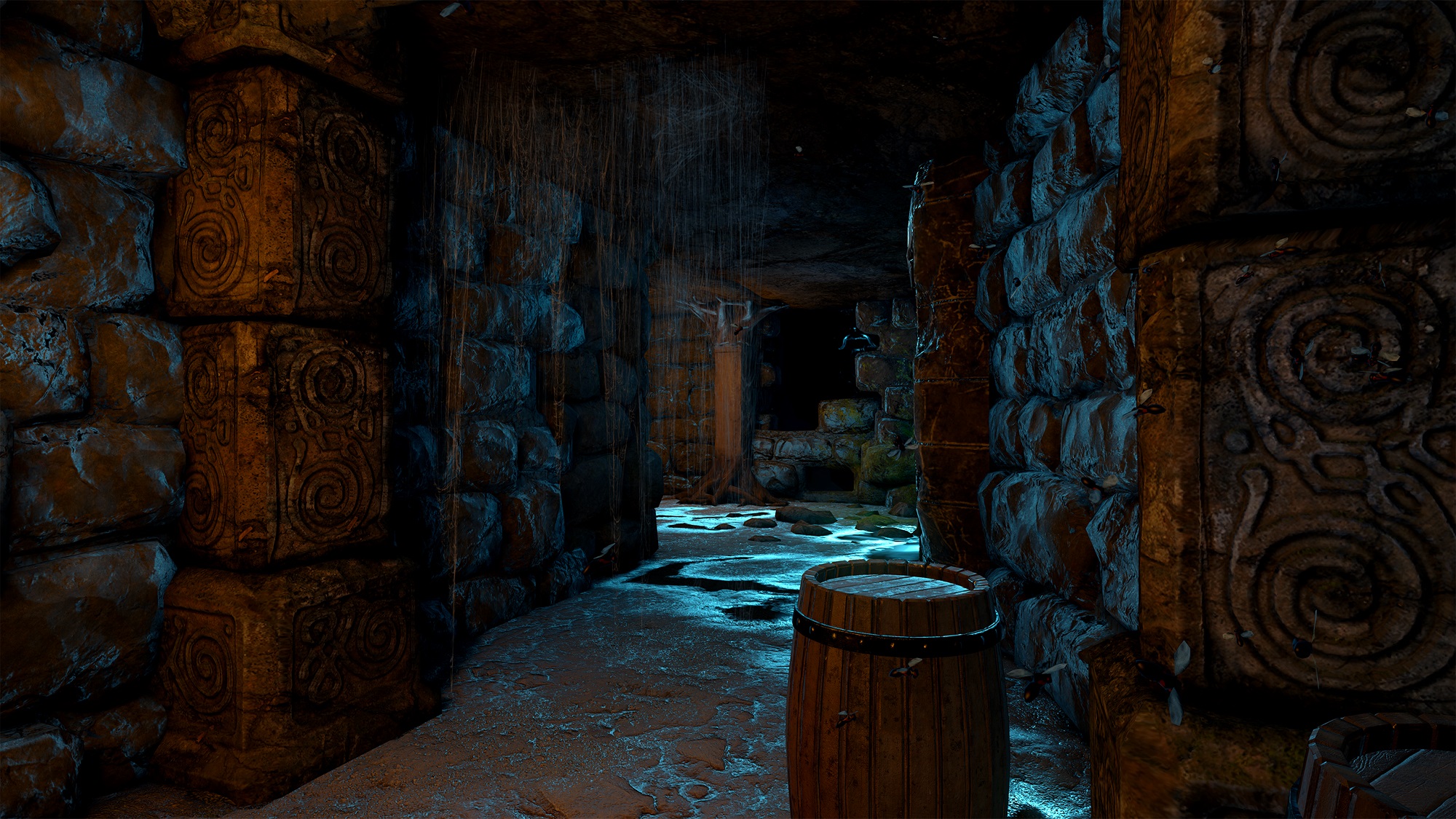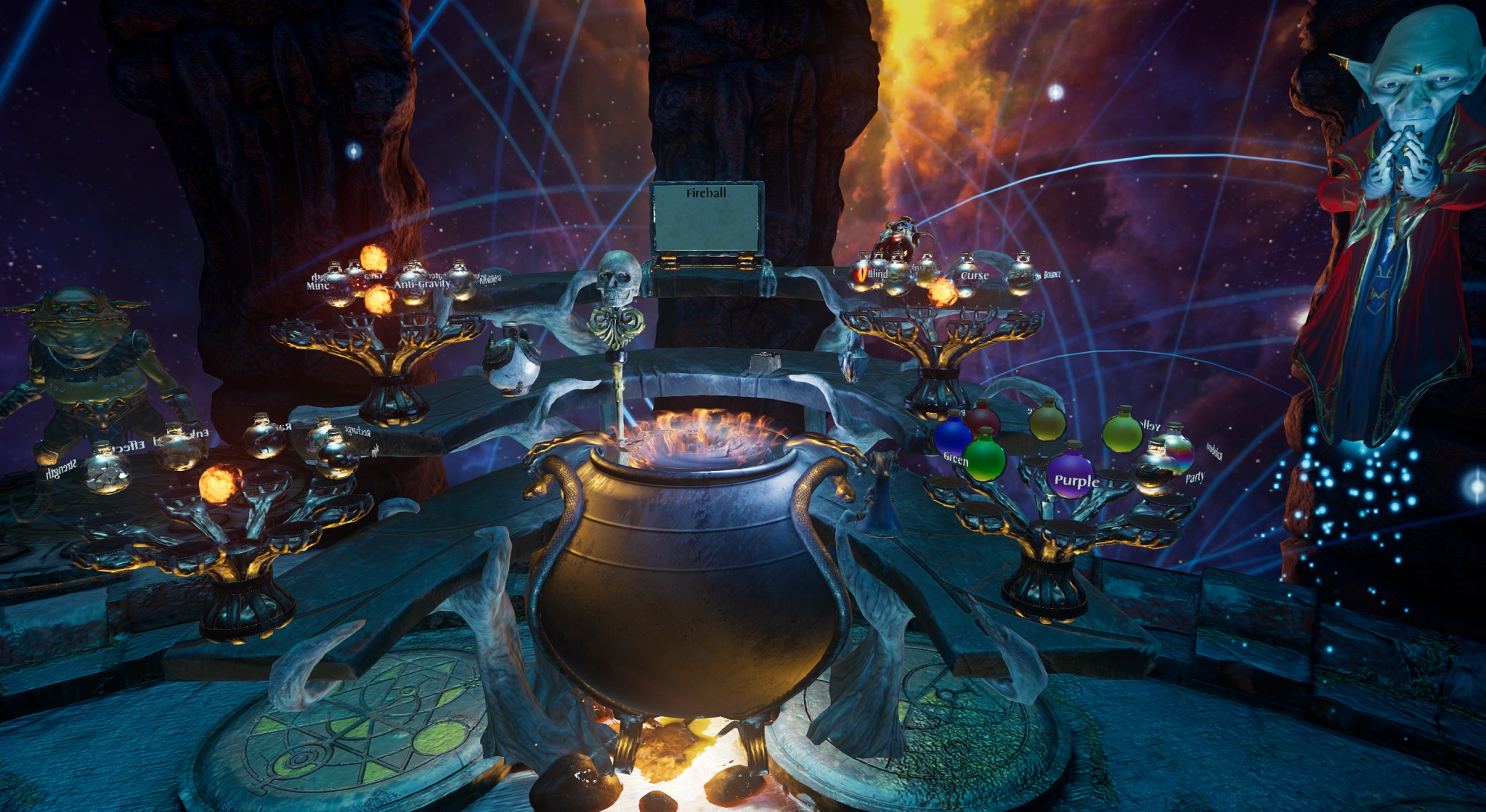Sometimes I feel like I was born in the wrong decade. By the time I was old enough to really appreciate video games (born in 1990) I was diving headfirst into sprawling epic adventures from the Final Fantasy and Dragon Warrior franchises on consoles and learning how to fight my way through the unrelenting difficulty of the original EverQuest. That adoration moved on to other series as time went on, but one game in particular that stood out to me in my youth was Wizardry 8, released in 2001 when I was just 11 years old.
The Wizardry games took place from a first-person perspective and had you advance an entire party of adventurers through dungeons and catacombs and dangerous fields as you embarked on quests for loot and glory. While the Wizardry games aren’t technically related to The Mage’s Tale, they were quite similar to The Bard’s Tale, one of the most popular games of its ilk from that time period of PC gaming. If I’d been born 10 or more years earlier I could have played many of these games as they’d been released instead of years later.
As a newly created VR-iteration of the classic dungeon crawling formula, The Mage’s Tale has a lot of expectation riding on its shoulders. Not only is the game being created by one of the original luminaries of the genre, Brian Fargo’s inXile Entertainment, but it actually takes place in the same universe as The Bard’s Tale too, right between the third and (upcoming) fourth installment.
Other than existing mostly in first-person as you move an entire party through dungeons, the most prominent feature of these sorts of games has always been the movement system. You press a key on the keyboard or press a button on the screen with your mouse, and your view moves one square in the specified direction. In this way the games are almost turn-based. Instead of holding a key or pressing forward on an analog stick to move smoothly you move one square at a time as if you’re taking individual steps. The Mage’s Tale uses a very similar concept.
Using the Oculus Touch controllers you move your character through the world by tilting the analog stick on the left Touch controller to traverse the environment one square at a time. Alternatively, you can point and click to teleport through the world as well, which is common in many modern VR games. I found myself using a combination of the two features in most cases.
Movement is a big part of the game as you’ll have to explore ten different dungeons that each take about an hour each (making the game last approximately 10+ hours depending on how thorough you are and how much time you spend backtracking or experimenting with spellcrafting.) In that exploring you’ll do some basic puzzle solving and a bit of trap avoiding, but combat is definitely the main focus of it all. Personally, I’d have liked a few more puzzles spaced out in it all to mix things up more consistently but overall the balance is better than most games like this.
Being a mage, combat is mostly of the ranged variety in The Mage’s Tale. Things start out simply enough as you master the art of flinging fireballs and shooting lightning bolts but it doesn’t take long for the intensity and complexity to go up a few notches. Most of the attacks in the game are handled by targeting an enemy with your head-tracked crosshair onscreen and then letting loose the spell using one of your hands. The lack of free fire such as in The Unpsoken is missed at first, but the wealth of options quickly overshadows that initial gameplay disappointment and once you start maneuvering around levels and dodging attacks you won’t be wishing for more complicated controls at all.
As you explore the game’s various dungeons you’ll come across different effects that can be used to augment and create brand new spells. For example, would you like to shoot a giant purple fireball that seeks out enemies once it leaves your hand? Go for it. Or how about a big sparkling pink ice spike that you can control in the air by waving your hand like a magical conductor? You can do that too. It’s not exactly a limitless system, but it feels pretty close.
The biggest issue here is that when trying to select items for mixing into the spellbound cauldron the controls can be a little finicky. As great as the Oculus Touch controllers are we haven’t quite reached the point from a tech perspective where minute selections and manipulation are really possible so I found myself fumbling with ingredients from time to time. Some of the UI elements felt unfinished or ugly as well, such as the large letters on potion bottles that clearly label things but stick out a bit like a sore thumb. You can see an example in the screenshot above.
As you explore dungeons you’ll find plenty of enemies to fight, traps to avoid, and treasure to loot, but along the way you’ll also level up your character as well. In most cases this results in being able to choose how you upgrade your wizard and progress your abilities. By the end of the game I found myself truly feeling powerful and like I had learned a great deal in terms of not only my in-game powers but also in terms of how I handled myself in combat.
One of the most satisfying areas of the game is in how it handles boss battles. Most VR games of this type have only been able to pack a couple of hours of content with maybe one or two big boss battles near the end but in the case of The Mage’s Tale each of the 10 dungeons has a satisfying climax that requires you to memorize attack patterns and deftly navigate the environment to dodge attacks and setup your own responses. It’s nothing short of exhilarating.
The Mage’s Tale is one of the best examples of how to take a tried-and-true existing gaming genre and adapt it for the new VR medium. While it retains plenty of design decisions that make it clear where its roots lie, The Mage’s Tale iterates on principles that truly move the first-person dungeon crawler RPG subgenre forward in big ways. This is easily one of the longest and most involved adventures to grace the VR market thus far and is a must-play for RPG fans.
The Mage’s Tale is available starting today, June 20th, exclusively for the Oculus Rift with Touch on Oculus Home for $39.99. In the near future inXile Entertainment has plans to eventually bring the game to the HTC Vive as well. Read our Content Review Guidelines for more information on how we arrived at this score.




























